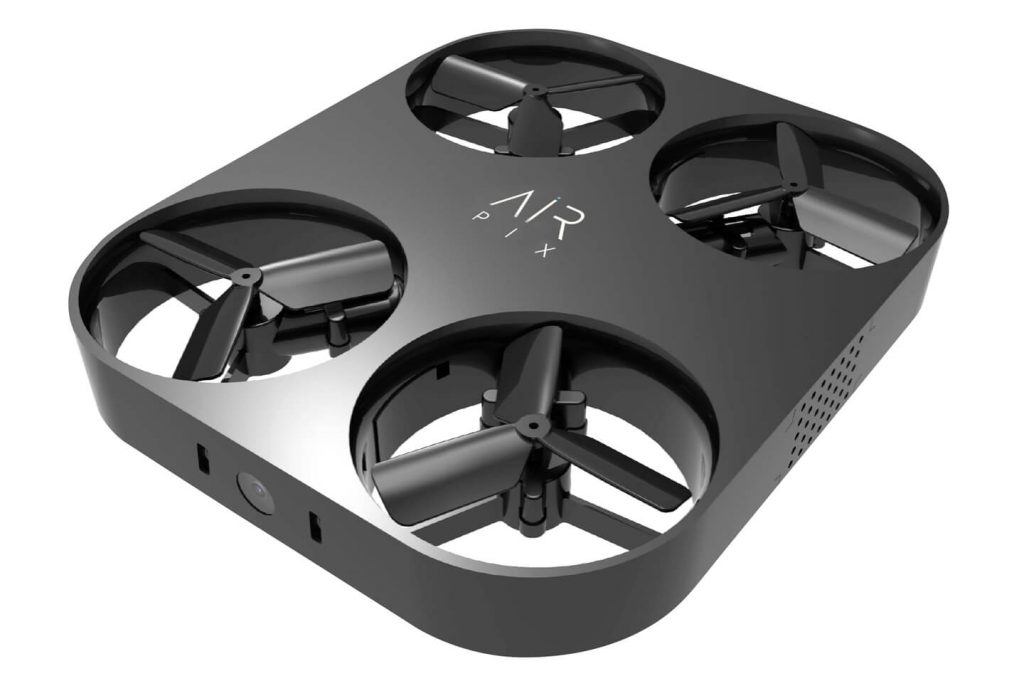Stop worrying about the space that a typical heavy drone occupies in your backpack. You are tired of carrying it on your shoulders throughout the journey. A little mishandling, and there it goes and hits the pine trees. Whack!
Smartphones have made life a lot easier, from replacing laptops and cameras. These little magicians have decided to replace the drones as well. Soon, you will be filming a running stream above the grounds.
Recently the Chinese smartphone manufacturer Vivo filed a patent for a drone-like flying camera smartphone. The Vivo drone camera phone features a hidden camera system with a double camera fitted in an extra compartment, three infrared sensors, four propellers, and an extra battery for a long-lasting experience.
Specifications of Vivo Drone Camera Phone:
Camera:
| Rear Camera | 64MP Primary + 8MP Ultra Wide + 5MP Macro + 2MP depth |
| No. of Cameras | 4 |
| Refresh Rate | 120 Hz |
| Video Resolution | 4K |
| Drone Camera | 200MP built-in Drone Camera |
Display:
| Display | Full HD AMOLED |
| Display Size | 6.5 Inches |
| Refresh Rate | 120 Hz |
| Protection | Gorilla Glass |
| Fingerprint Sensor | In-display |
RAM & Storage
| RAM | 8GB / 12GB |
| Storage | 128GB / 256GB |
| Expandable Storage | microSD |
| Dedicated SD card slot | Yes |
OS & Performance:
| OS | Android 12 with Fun Touch Feature |
| Chipset | Qualcomm Snapdragon 765G 5G |
| CPU | Octa-Core |
| Speed | 2.4 GHz |
Battery & Charging:
| Battery | 6000 mAh |
| Charging | 65W |
The Flying Camera of Vivo:
The most notable and innovative feature is the detachable flying camera. The camera pops out from the bottom of the phone and detaches from the mounting bracket that features the integrated fingerprint sensor. The installed propellers make it capable of taking flights into the air.
This flying camera features two infrared sensors on the flanks of the module. The primary objective of these sensors is to prevent collisions and to keep the distance calculated. It also features an extra battery that is separated from the main battery. Shooting from multiple angles is made possible by installing cameras at the front and on the top. However, the users will have the option to add a third and a fourth camera.
The little bird will introduce an automatic follow-mode feature. It will allow the flying camera to fly automatically and follow the user. The wind turbulence and fluctuating imagery are the challenges that this tiny, lightweight bird has to face. The inclusion of the Vivo Gimbal mechanism will be handy in reducing distortion, and it will enhance the sharp imagery.
Final Words:
Who would not be waiting to try this innovative flying camera? Well, the launch date is not announced yet, but I am so excited to have my hands on this cheeky innovation.
DISCLAIMER: The description of the flying camera is based on the revelations of the patent. Whereas the rest of the specifications are not reliable and subjected to the official announcement from the manufacturer.
In love with philosophy, words and semicolons, Umair Khan is a content writer, poet and sometimes, an absudist. When he rests his pen, he can be found at snooker or moving knights in the chess. Well, I do not prefer Oxford Comma.







